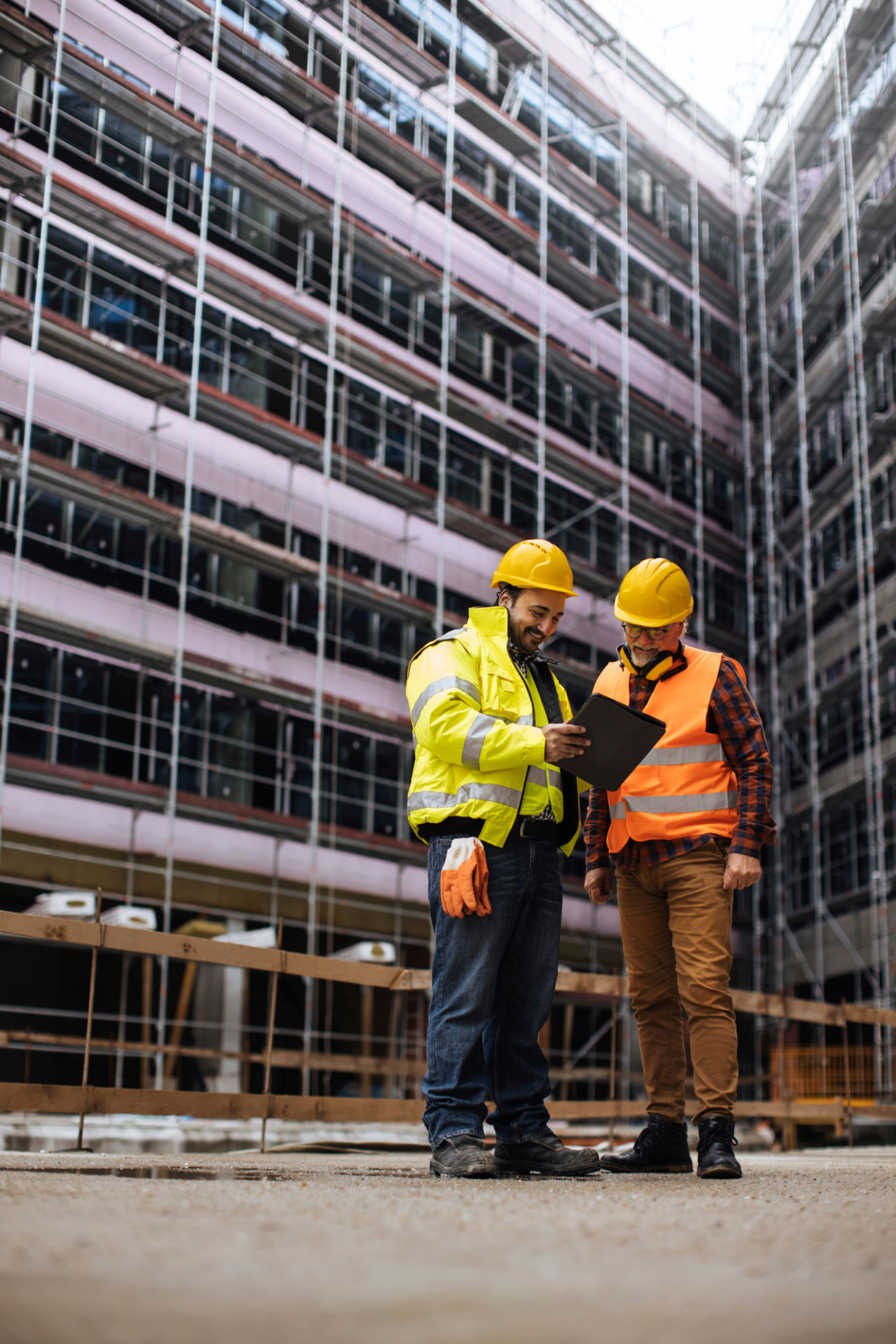Cranes and Rigging: Trends and Innovations in Safety Training
KM
Understanding the Importance of Safety in Cranes and Rigging
The construction industry relies heavily on cranes and rigging for various tasks, making safety a top priority. Ensuring that both operators and workers are well-trained in safety protocols is crucial to prevent accidents. With the increasing complexity of construction projects, advancements in safety training are more important than ever.

Technological Innovations in Training
One of the most significant trends in crane and rigging safety training is the integration of technology. Virtual reality (VR) and augmented reality (AR) are now being used to create immersive training environments. These technologies allow workers to engage in realistic simulations without the risks associated with on-site training.
Moreover, online training platforms have gained popularity, offering flexible learning opportunities. Workers can access these resources remotely, ensuring they stay updated with the latest safety standards and practices.

Regulatory Developments and Standards
As technology evolves, so do the regulations and standards governing crane and rigging operations. New guidelines are regularly introduced to ensure the highest levels of safety. Companies must stay informed about these changes to remain compliant and protect their workforce.
Organizations such as the Occupational Safety and Health Administration (OSHA) play a crucial role in setting these standards. Employers are encouraged to engage with these bodies to understand the implications of new regulations and integrate them into their training programs.

Emphasizing Practical Experience
While technology provides innovative methods for training, practical experience remains irreplaceable. On-the-job training continues to be a vital component of safety education in cranes and rigging. This hands-on approach allows trainees to apply theoretical knowledge in real-world scenarios under expert supervision.
Key Components of Safety Training
A comprehensive safety training program should include several key components:
- Risk Assessment: Identifying potential hazards and implementing measures to mitigate them.
- Equipment Handling: Understanding the operational aspects and limitations of cranes and rigging equipment.
- Emergency Procedures: Preparing for unexpected situations with effective response strategies.
The Role of Continuous Learning
Safety training is not a one-time event but an ongoing process. Continuous learning ensures that workers remain informed about best practices and emerging risks. Employers should encourage regular refresher courses and provide opportunities for skill development.
By fostering a culture of continuous improvement, organizations can significantly enhance workplace safety and efficiency.

Building a Safety-First Culture
A strong safety culture within an organization is fundamental for effective crane and rigging operations. This culture begins with leadership commitment to safety as a core value, ensuring that all employees are engaged in maintaining a safe working environment.
Regular communication, feedback mechanisms, and recognition of safe practices contribute to reinforcing this culture, promoting a proactive approach to safety across all levels of the organization.
Conclusion
The landscape of cranes and rigging safety training is constantly evolving, driven by technological advancements and regulatory developments. By embracing these changes and prioritizing a robust safety culture, companies can enhance their operational efficiency while safeguarding their workforce.
Investing in comprehensive and up-to-date safety training is not just a regulatory requirement but a commitment to the well-being of all employees involved in crane and rigging operations.
